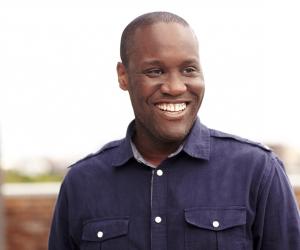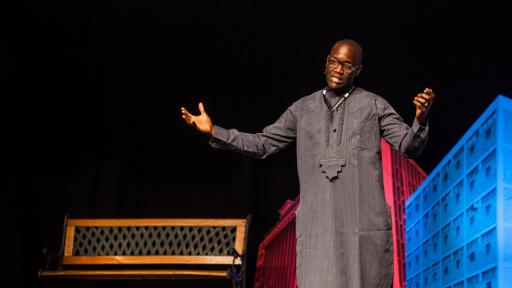Ije Nwokorie, global CEO of Wolff Olins, is fascinated by the richness of what branding can be. More than simply an advertising tool, it is a cultural concept.
“Branding sits at the juxtaposition of commerce, culture, technology and society – all these rich meaningful things," says Nwokorie. "It is as fluid as a mark that people can remember and it is big enough that it can absolutely change what a city or a country is about.”
He sees it as the connection between real people and organisations that either want them to buy something, adopt something, use something or achieve some kind of action.
Brands hold currency. “The exchange has to be fair on both sides. The brand will collapse if any one of those is opaque or takes advantage of each other,” he says. “You want get a brand to be a clear value proposition both to the organisation that owns the brand and to the individual who uses it.”
Wolff Olins is paying increasing attention to the physical places where brands exist. Working in a similar fashion to service or product designers, agency staff observe people in the actual environment to understand how they encounter and use brands. “It turns out the place where people experience the brand is almost as important, if not more important, than what the branding is - and capturing that is a powerful thing,” Nwokorie says.
Recent work that Wolff Olins did for Skype, for example, is less about putting the brand on a pedestal than it is about the way people actually behave when they use the service.
“It is about the reality, the imperfections, the messiness of using Skype,” Nwokorie explains. “So that is the language we use to create a brand.”
Brands do not just have a relationship with technology; in a tangible sense, brands are nothing but technology.
“If you go all the way back to the origins of branding, when it was about burning a mark on the side of a cow, that was delivery through that [particular kind of] technology. If you fast-forward to the '50s and '60s, brands were about storytelling because the dominant social technology of the time was television and radio,” he says. “I think we live in a world where the dominant technology of our time is interaction through things we hold in our hands - and social media is a big part of that.”
The immediacy of digital interaction has radically shortened the distance between the organisation and the individual.
“So 40 years ago I could tell a story through advertising and the person would go into a shop the following day. Today, those things are happening right in the consumer's hand,” he says.
Nwokorie proffers some advice for young designers: “Bring what you’ve got. You’ve got something that is totally unique to you, nobody can tell your story as well as you and nobody can bring that specific mix of talent to the creative process - ultimately that is your superpower.”









